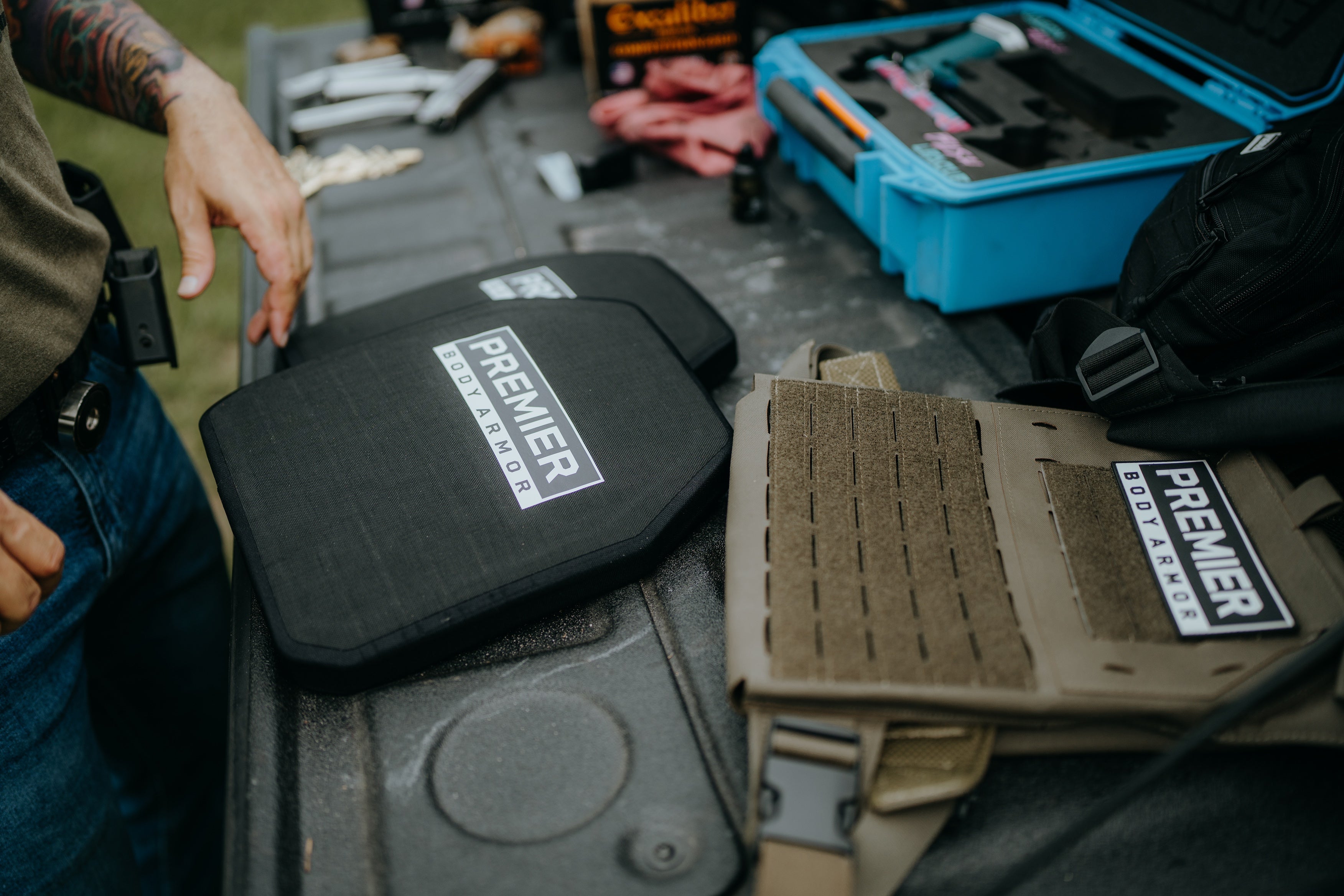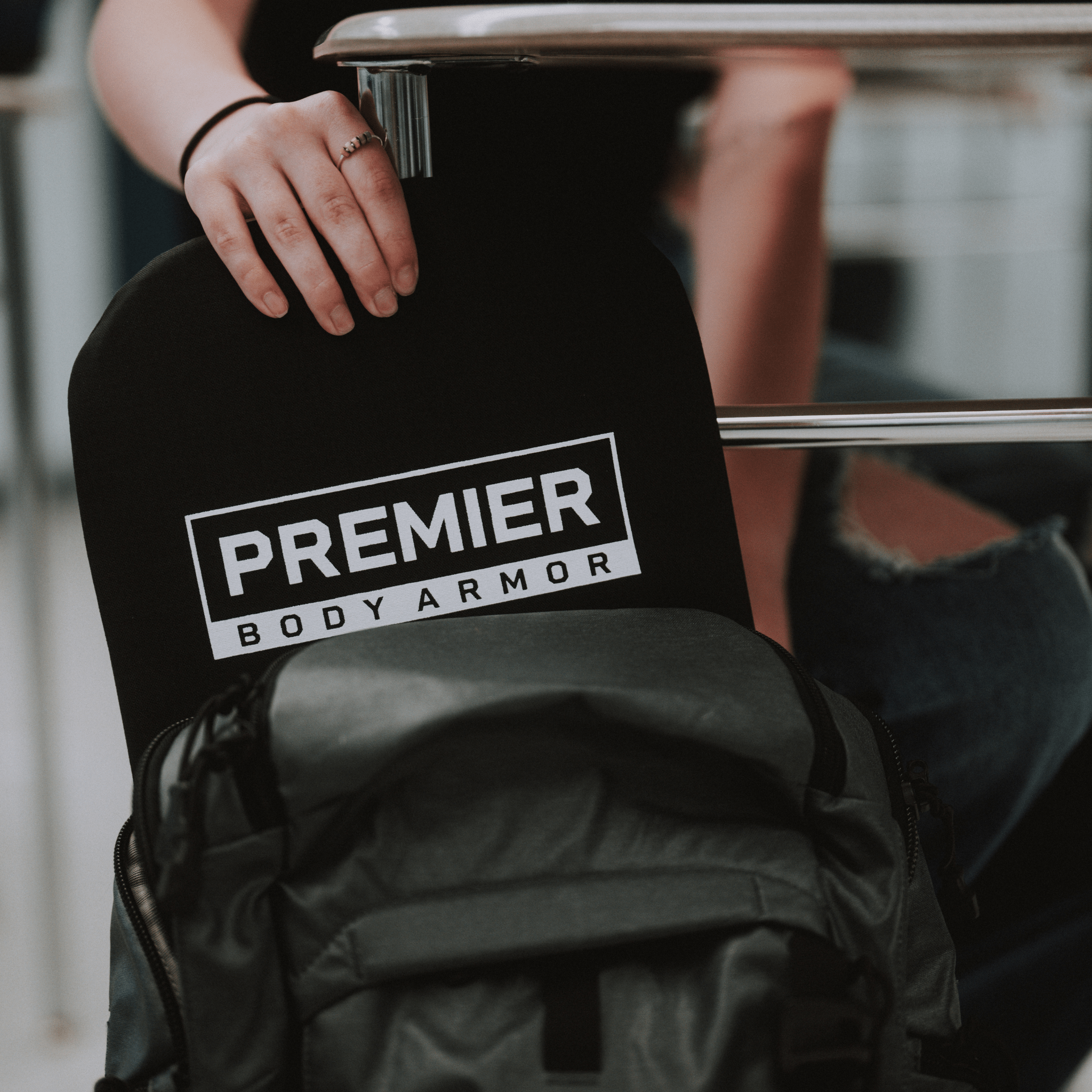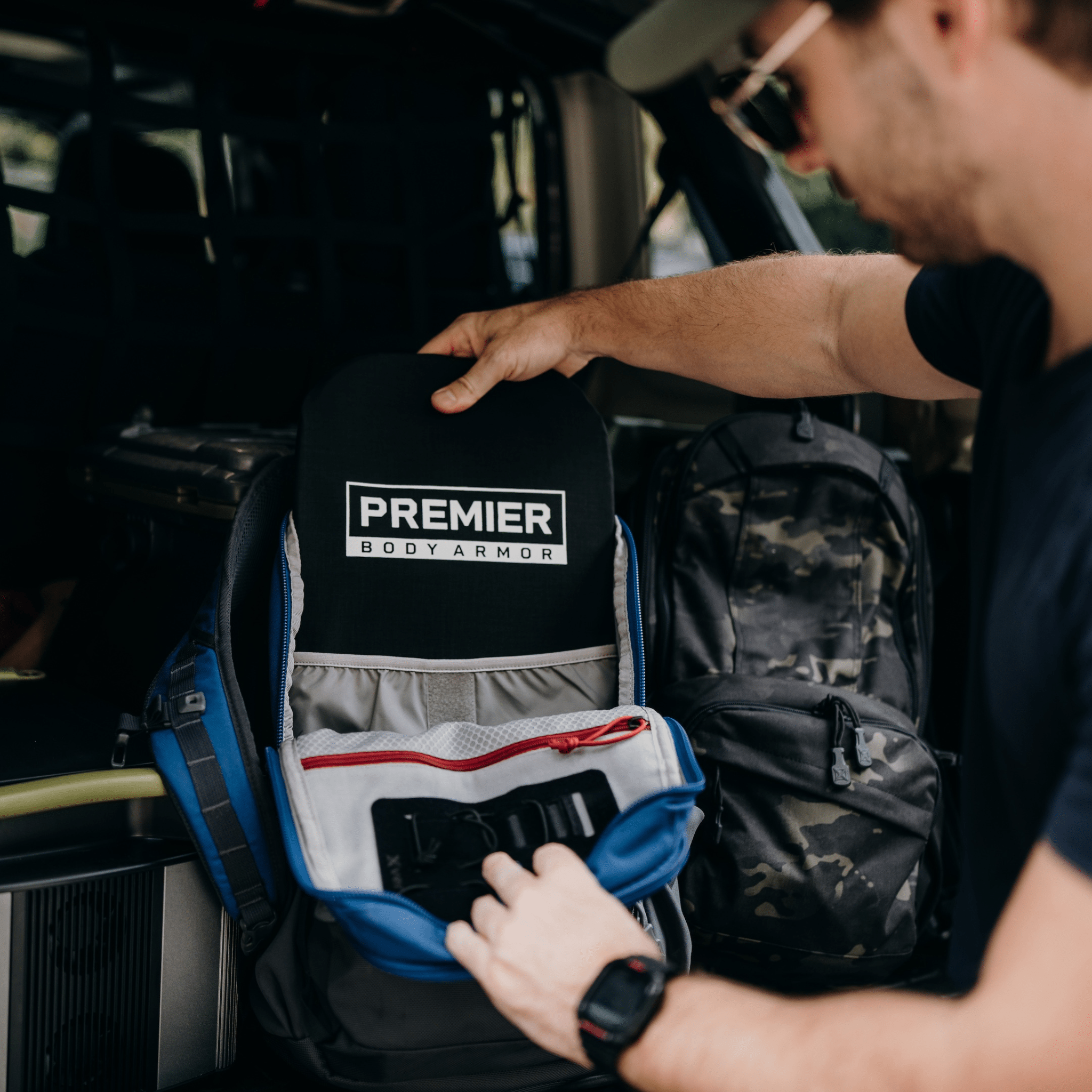The 10 Bushcraft Survival Knots You Need to Know
From sailing to survival and everything in between, there’s a knot for just about all the use cases you can imagine. There are flashier skills you can learn, but if your makeshift shelter blows away or your emergency food gets raided by critters in the night you may not get the chance to use them.

Any seasoned through-hiker or camping hobbyist knows the slightest detail can make or break a successful trip, and that detail could be how well or poorly you put your cordage to use.
Bushcraft Knots: Why Learning Different Knots is So Important for Wilderness Camping
Spend any amount of time outdoors and you’ll find that wilderness skills amount to a lot more than just fires, lean-tos, clean water, and forageables. Underpinning many bushcraft tasks is a working knowledge of knots. What is bushcraft but the ability to combine multiple nuanced skills and use them for one’s survival? Bushcraft knots are the same way. The best knots for bushcraft will weave themselves into every aspect of your daily tasks.
The Basics: Learning Survival Knot-Tying Language
Before diving in, it’s always helpful to be sure we’re on the same page with terminology. Below you’ll find a list of key terms to know when learning how to tie different knots:
- Bight–the most modern authorities on the subject qualify a bight as any section of line that is bent into a “u” shape
- Crossing point–anywhere the rope crosses itself is a crossing point. Most commonly made by taking a bight and twisting it to form a turn
- Loop–a u-form narrower than a bight
- Elbow–created when an additional twist is made in a loop
- Working end–the part of a rope active in knot tying
- Standing end–the part of a rope that is not active in knot tying
- Standing part–the part of a rope between the working end and standing end
The Ten Best and Most Useful Survivor Knots You Should Learn
So what knots for survival should you know? Below you will find the basic bushcraft knots that are useful for the widest range of tasks. Also included are some variations or other names of the knots and their potential use cases. Be aware of their situational usefulness, as even a well-made knot in the wrong application could cause problems.
The Bowline – Mastering the Loop Knot
A good place to start is learning how to tie bowline knots. The nice thing about a bowline knot is that it’s fairly secure while still being easy to untie when you’re ready to do so. This comes at the cost of being especially insecure if there is not currently any tension on the line.
Top Bowline Uses
Bowline knots are best used under constant load, such as when mooring boats, lifting or hauling things, or connecting two ropes that will remain at more or less constant tension.
How to Tie a Bowline
To make a bowline knot, start by putting an elbow in a loop. Leave enough length in your standing part after the elbow to go around whatever you intend to tie. Pass your working end through the elbow, around the standing end, then back through the original elbow. Pull tight.
Common Bowline Variations
Variations on the bowline knot include the one handed bowline, bowline on a bight, running bowline, water bowline. Each of these offers varying degrees of extra strength, ease of tying, or utility.
The Clove Hitch - A Hitch for Every Situation
The clove hitch knot is a useful way to quickly but temporarily secure something to a fixed object, such as the proverbial “hitching post” in Western flicks. A pole or ring may be used as well. Most people probably know more or less how to tie a clove hitch already. It’s similar in function to half hitches, which are like tying the first half of a basic knot but with only one loose end instead of two.
Top Clove Hitch Uses
The clove hitch is such a versatile knot that it is used in many different industries. Forestry and electrical infrastructure, fire and rescue operations, certain military branches, and more all make use of the clove hitch in climbing and rigging, securing guy lines and boat mooring lines.
How to Tie the Clove Hitch
To tie a clove hitch, make a loop with an elbow near the working end of your line and place it over or around the attachment point. Then make another loop with an elbow on top of or beside the first one and pull everything taut.
Common Clove Hitch Variations
The slip clove hitch, crossed clove hitch, bottle hitch, and two half hitches are variations on the clove hitch knot. Some are easier to tie, some can carry more load while still being simple to remove, and the bottle hitch can even be utilized to make an ad hoc container carrier.
The Square Knot - A Strong and Symmetrical Solution
The next knot is one of the most commonly known by anyone able to tie their shoes. Indeed, most people learn how to tie a square knot at an early age. It’s what most people think of when told to “tie a knot” in something. As such, there is no shortage of square knot uses.
Top Square Knot Uses
Square knots can be used for a wide variety of tasks such as:
- Temporarily joining two ropes of the same diameter
- Tying bundles and packages
- First aid bandages
- Fishing
How to Tie the Square Knot
To tie a square knot, begin by taking two loose ends of rope from the same line or two separate ones and cross them into a half knot. Cross them again and pull everything tight to complete the knot.
Common Square Knot Variations
Possibly the most utilitarian variation of the square knot is the reef knot. The tying method is the same, but what separates it from a standard square knot is the fact that two separate cords are used. Using the reef knot you can temporarily make two lines one longer one.
The Double Overhand Knot – Simple and Secure
It is fairly simple to learn how to tie a double overhand knot. It’s almost like making a square knot, but using only one strand instead of two. This makes what is also known as a double overhand stopper. A stopper, in the terminology of cordage, prevents something from going past it. This could be another line tied somewhere along the standing part, an eye or grommet, or some other attachment point.
Top Double Overhand Knot Uses
Since the double overhand knot’s purpose is to prevent a rope or cord from slipping through a hole, it is often used in climbing or adjusting guy lines.
How to Tie the Double Overhand Knot
To tie a double overhand knot, make a loop with an elbow then pass the working end through the opening. Do this again, and you’ve made a double overhand stopper.
Common Double Overhand Knot Variations
The most common double overhand knot variation is the double overhand loop. It’s made by creating a tight loop with no elbow, then using the whole loop to go through the same steps you would use to make a double overhand knot.
The Sheet Bend - Where Versatility Meets Strength
The sheet bend knot has a wide range of applications with decent security in all of them if done correctly. Learning how to tie a sheet bend knot is more straightforward if you understand how they’re used. Their function is similar to another knot discussed here, but with one key difference.
Top Sheet Bend Uses
The biggest advantage to a sheet bend knot is the fact that it can join two ropes that are different sizes. This makes it particularly useful in emergency operations and shelter making.
How to Tie the Sheet Bend
To make a sheet bend knot, start by making a loop in one rope and passing the other rope through the eye that’s made. Then, wrap the second rope around the first one just below where the eye starts and make a half knot with itself. Repeat this operation and you’re done.
Common Sheet Bend Variations
The main difference between a standard sheet bend knot and its variants is primarily how many times the second line is wrapped below the eye before cinching. This can be done two or even three times, as necessary, to create a double or triple sheet bend knot if the ropes you’re joining vary greatly in size.
The Figure Eight Knot - A Versatile Loop for Safety and Security
Some of the best hammock knots are made with a figure eight knot. The key to learning how to tie a figure eight knot lies in its name. When you’re done, it’ll look like the number 8!
Top Figure Eight Knot Uses
The figure eight knot is a secure way to make adjustable knots for tarps or hammocks. It can also make a slip-free knot for guy lines, and be used in harness attachments for climbing.
How to Tie the Figure Eight Knot
To tie a figure eight knot, make a loop with an elbow then continue wrapping the line around itself at the crossing point. As it completes the revolution, pass the working end through the eye of the loop.
Common Figure Eight Variations
The figure eight knot’s variations primarily use loops to create the knot, as in the double figure eight loop, or make a loop around a fixed point, as in the figure eight follow-through.
The Trucker’s Hitch - A Versatile Knot for Secure Cargo and More
The trucker’s hitch knot is popular with, you guessed it, truckers. That’s because it is a highly secure knot when executed correctly that can take as much load as the rope is rated for. It’s also the kind of tie job that looks complicated until you actually master how to tie the trucker’s hitch.
Top Truckers Hitch Uses
While the trucker’s hitch lends itself most handily to securing cargo, it can also provide an unsurpassed level of weather resistant security for tarps, tents, and bushcraft shelters.
How to Tie the Trucker’s Hitch
The foundation of a trucker’s hitch borrows from the figure eight knot. Start with plenty of length and execute a figure eight knot far up the standing part, but with loops instead of ends. Next, take the working end and pass it through the loop left out from your figure eight knot. Finish with two half hitches, ensuring the last loop left out goes around your chosen attachment point.
Common Trucker’s Hitch Variations
Being such a complicated knot, it’s not surprising that there aren’t many variations of the trucker’s hitch. The main one is a quick release version of the original, meant for temporarily securing a load being moved, but not for longer transport.
The Timber Hitch – A Rugged Knot for Heavy Lifting
The timber hitch knot is yet another tying technique the purpose of which is given away by its name. Primarily used in the logging and material handling industry, it’s a quick, secure enough way to move something from one point to another.
Top Timber Hitch Uses
For the average joe’s purposes though, the timber hitch knot is excellent for moving logs to make a campfire or further processing, building more permanent shelters, or temporarily restrain heavy items until they’re needed further.
How to Tie the Timber Hitch
To tie a timber hitch, make a half knot around the thing you wish to hoist or move, but before you pull it tight, pass the working end between the closing loop and the material itself. Do this two more times, so three total passes through the loop that will ultimately contact the material, and you’re ready to get lifting.
Common Timber Hitch Knot Variations
A practical variation on the timber hitch includes adding a half hitch near the end of the material to be moved with the same line in order to keep it from twisting. The timber hitch with a half hitch is also known as a Killick or Kelleg hitch.
The Taut Line Hitch – Your Knot for Adjusting with Precision
The taut line hitch is arguably the best knot for tarps and other general camping needs. It really shines in applications when due to movement by wind, water, or other environmental factors your lines need tending or adjusting regularly. It can slide along the standing end of a rope, but still stay securely tied.
Top Taut Line Hitch Uses
As the name implies, the taut line knot is best used when there will be consistent tension on the rope. Tent support, off-ground gear storage, hammocks, and emergency shelters are just a few of the applications where a taut line hitch will come in handy.
How to Tie the Taut Line Hitch
In terms of how to tie a taut line hitch, it couldn’t be simpler. Wrap your line around the attachment point, then wrap the working end around the standing in twice, being sure to tuck the second turn tightly beside the first one. Make a half hitch above what you’ve just done and it’s finished.
Common Taut Line Hitch Variations
Another name for the taut line hitch is the midshipman’s hitch, but that’s a bit more of a mouthful and isn’t as descriptive of a name for those unfamiliar with nautical terminology.
Practice Makes Perfect: Work on Your Survival Knots Until You’re Confident In Your Skills
Practice makes perfect, and the last thing you want is to be struggling to tie a knot in a driving rainstorm. Fortunately, a short length of rope is easy to take with you, so instead of whipping out your phone the next time you have a few minutes to kill try practicing your survival knot tying instead. You never know when the ability to tie the most useful knots for survival will be a gamechanger.
Written by Joshua Anders










Which knots are necessary to know for a bush crafter?
Leave a comment